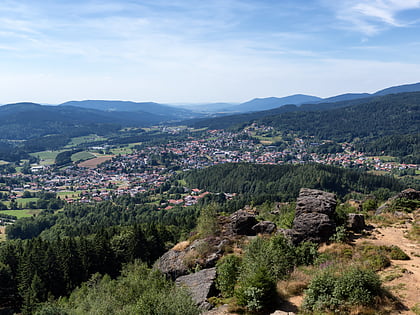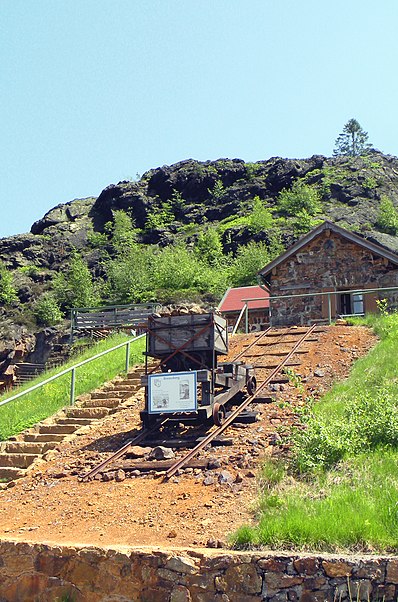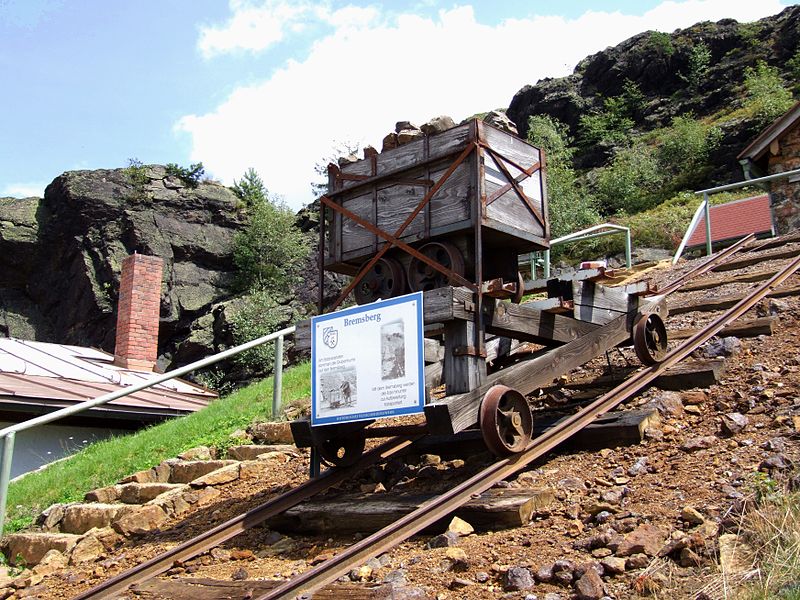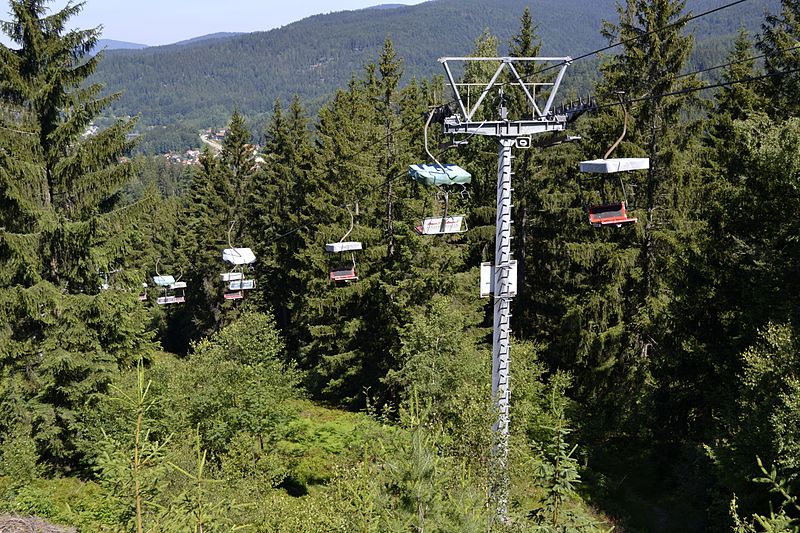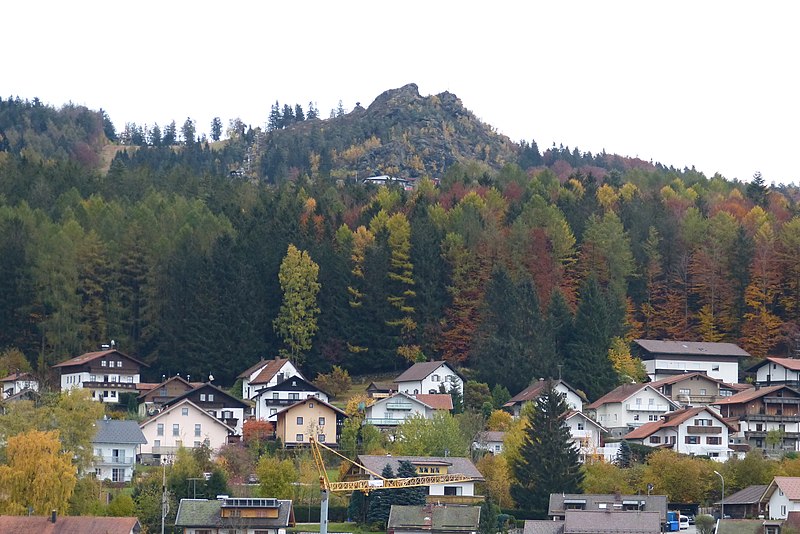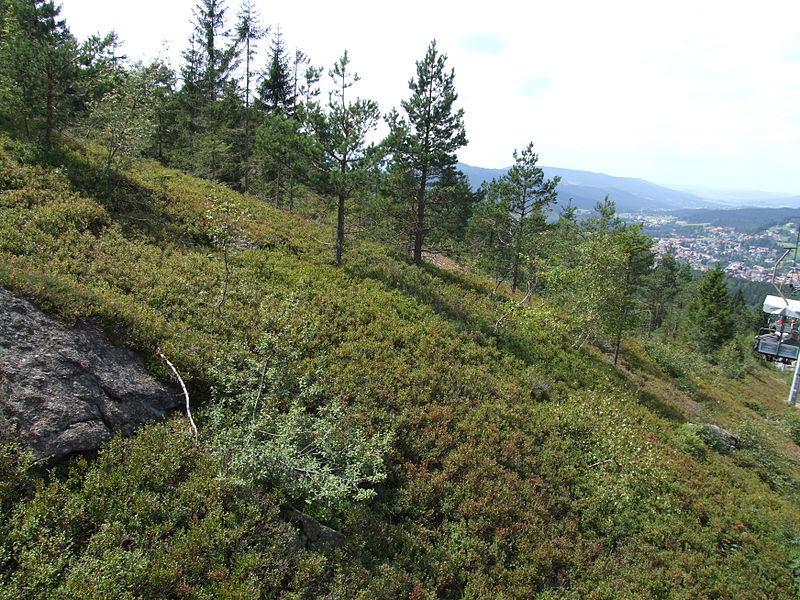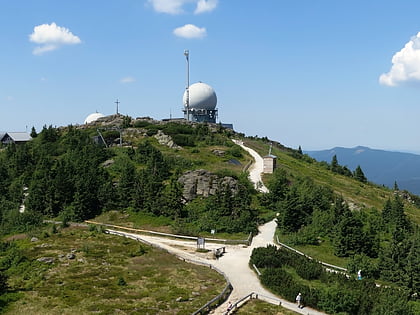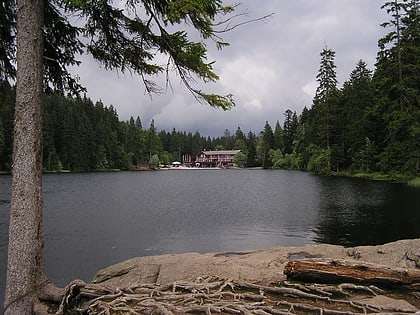Silberberg
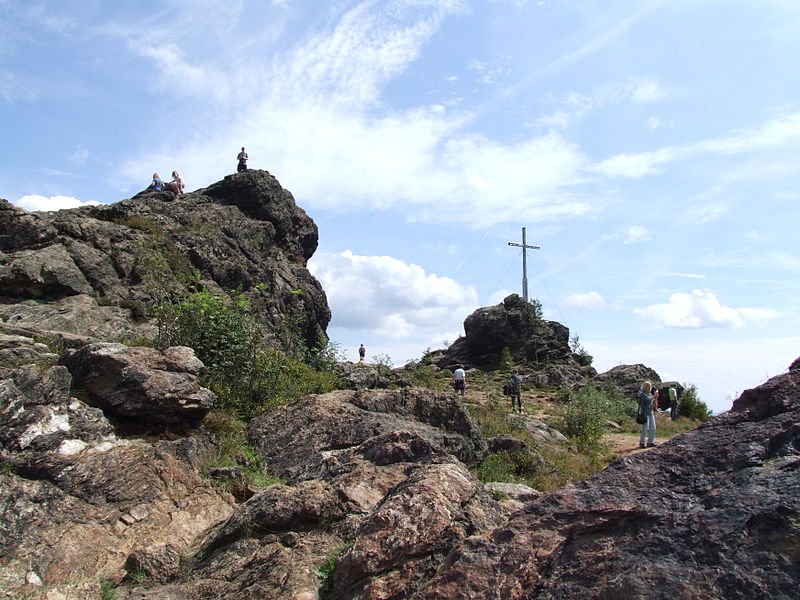
Facts and practical information
Nestled in the heart of Germany's scenic landscapes, Silberberg is a mountain that offers a unique blend of natural beauty and historical significance. Rising to an elevation that provides breathtaking views of the surrounding countryside, Silberberg is a destination that attracts outdoor enthusiasts and history buffs alike.
The mountain's name, translating to "Silver Mountain" in English, harks back to a time when the region was known for its flourishing mining industry. The area's rich deposits of silver were extensively mined, leaving behind a legacy of historical mines that now serve as intriguing destinations for tourists. Visitors to Silberberg can explore these old mines, some of which have been converted into museums, offering a glimpse into the bygone era of the region's mining heritage.
For those seeking adventure, Silberberg provides ample opportunities. Hiking trails crisscross the mountain, allowing for leisurely strolls or more challenging treks to the summit. The panoramic views from the top are a well-deserved reward, offering a stunning vista of the German countryside. In the winter months, Silberberg transforms into a winter wonderland, with its slopes becoming a hotspot for skiing and snowboarding.
Silberberg's natural beauty is complemented by the flora and fauna that inhabit the area. The mountain's forests are home to a diverse range of wildlife, and the changing seasons paint the landscape in a kaleidoscope of colors. Whether it's the fresh greens of spring, the warm hues of autumn, or the pristine whites of winter, Silberberg's ever-changing face ensures that every visit is unique.
Bavaria
Silberberg – popular in the area (distance from the attraction)
Nearby attractions include: Kleiner Arbersee, Großer Arber, Arbersee, Hennenkobel.
